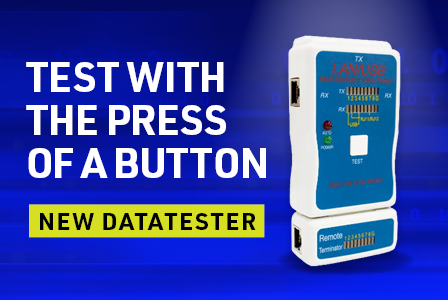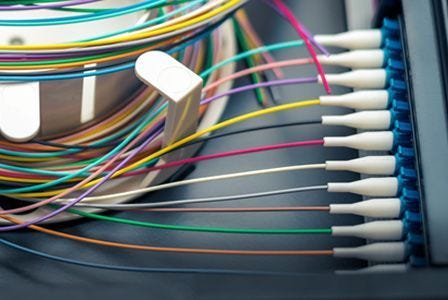

How to Choose a DisplayPort Cable and Avoid Getting a Bad One
The DisplayPort is a digital interface intended to deliver video and audio over a single cable. It is very similar to a HDMI unit, and it can connect a monitor to a data source, such as a graphics card, and deliver the audio and video as an output to the display screen.
The DisplayPort connector and cable is usually found in its full-size form, which has 20 pins adjusted into an L shape connector to help it stand out from more uniform ports like HDMI, USB-C and USB-A ports. It has a comparatively smaller variant, known as the Mini DisplayPort, which was launched on Apple devices in 2008.
How does a DisplayPort work?
DisplayPort works like any other video and sound data connection device. One end of the cable gets plugged into your device (a laptop, desktop computer, or an external graphics card), and the other end into your display.
To manually select the DisplayPort input, you might need to access the remote control for the device. You may also be required to manually set the correct resolution and refresh rate for your device's display.
DisplayPorts on a technical level utilize packetized data transmission similar to Ethernet cables and PCI-Express ports on a motherboard. It transmits micro packets of data, which install a clock signal within it, making the process a more efficient data transfer stream that supports higher resolutions and refresh rates.
What do we use a DisplayPort for?
DisplayPorts are designed to allow you to multi-task in the current digital world. Using a DisplayPort makes it easier to connect to multiple monitors and improves productivity and efficiency rates.
DisplayPort presents the highest performance for PC users who are into gaming, allowing them to experience the full capabilities of the advanced graphics that are now available.
How to choose a DisplayPort Cable?
Having the correct knowledge about DisplayPort cables makes the process of cable selection rather easy. A standard DisplayPort cable is intended to work with any DisplayPort Source device, like a PC, desktop, or laptop, and any other DisplayPort monitor. This means that a standard DisplayPort cable will continue to operate with the very first DisplayPort systems that were launched.
These cables will continue to work with the current and future systems and displays that support multi-streaming and display resolutions going up to Ultra HD at 60Hz. Hence, users can also use a regular DisplayPort cable between a PC and a multi-stream hub. They can also use DisplayPort cables between daisy-chainable multi-stream monitors; therefore, you need not worry about getting a specific cable to support specific DisplayPort capabilities.
How to avoid getting a bad DisplayPort Cable?
In order to avoid a bad DisplayPort cable, you will need to consider the connector type on each end of the cable and identify the port type on the source device which will send video to your monitor. The three primary types of DisplayPort cables are:
DisplayPort Standard
The standard DisplayPort connector is roughly the size of a USB-A connector. It is commonly used on DisplayPort-enabled systems such as desktop graphics cards, docking stations, and PC monitors.
USB-C USB Type-C
This is by far the most commonly-used DisplayPort Type supporting ALT Mode.
Mini DisplayPort
The smaller mini-DisplayPort connector is used for multiple DisplayPort outputs for second-generation Thunderbolt and Apple Devices.
Recent Articles

Test Network Cabling & Patch Cords FAST with the New DATATESTER by CABAC
Testing LAN cables is quick and easy when you’ve got the new CABAC DATATESTER on hand. This budget LAN cable tester is perfect for contractors who need to test data and coaxial cable for correct termination.
Read More
Exploring the Advantages of Thin Patch Leads
For Australian data installers, selecting the right network components is critical to achieving the performance and reliability that your customers expect. Among these components, the humble patch lead plays a crucial role in interconnecting various devices.
Read More
FOBOT Buying Guide
In this informative article, we will provide a basic buying guide for FOBOTs or “Fibre Optic Break Out Trays” so that you can choose the right product for your specific needs.
Read More








